Disclosure: This article contains affiliate links. We may earn a commission from purchases at no extra cost to you, which helps our travel content.
There's something magnetic about a place where time seems to have stood still. As I stepped off the ferry onto Gotland's shores, the medieval silhouette of Visby rose before me like a fairy tale illustration come to life. The 13th-century limestone wall encircling the city isn't just a UNESCO World Heritage site—it's a portal to another era. Having explored dozens of historic European towns over the years, I thought I knew what to expect, but Visby defied all preconceptions. This isn't merely a well-preserved medieval city; it's a labyrinth of secrets waiting to be uncovered, where every weathered stone and narrow passageway holds stories that span nearly a millennium. What began as a simple week of urban exploration quickly transformed into an archaeological adventure through hidden alleyways, forgotten cellars, and mysterious underground passages that few tourists ever discover.
Beyond the Postcard Views: Finding Visby's Hidden Pathways
Most visitors to Visby spend their time admiring the impressive 3.4-kilometer ring wall or photographing the picturesque ruins of St. Nicolai Church. They're magnificent, certainly, but they only tell part of the story. The real Visby reveals itself when you abandon the main streets and follow your curiosity down unmarked passages.
On my second morning, armed with my travel journal and a hand-drawn map from a local historian I'd befriended at Visby Crêperie the night before, I set out before the day-trippers arrived. The morning light cast long shadows across Strandgatan as I turned into a narrow opening between two medieval merchant houses that I'd walked past several times without noticing.
This passage, known locally as Mäster Olofs gränd, narrows to less than a meter wide in places. The walls lean in overhead, creating the disorienting feeling of being swallowed by the city itself. Unlike the maintained tourist areas, these passageways retain their medieval dimensions—built for people of another time, carrying goods between the harbor and the market square.
What struck me most was the temperature drop—these stone corridors act as natural air conditioning, providing blessed relief from the summer heat. In medieval times, this microclimate would have been crucial for storing perishable trade goods. Today, it offers urban explorers a refreshing respite while photographing the interplay of light and shadow on centuries-old stone.

💡 Pro Tips
- Visit hidden alleyways early morning or evening when the light creates dramatic shadows and fewer tourists are around
- Look for passages between Strandgatan and Mellangatan—many aren't marked on tourist maps
- Bring a small flashlight for exploring darker corners and narrow passages
The Underground World: Visby's Medieval Cellars and Tunnels
The true hidden Visby lies beneath your feet. The city boasts over 200 preserved medieval cellars, many interconnected by tunnels that once served as storage spaces, workshops, and possibly escape routes during sieges. Accessing this subterranean world requires local knowledge and sometimes special permission.
Through my connection with the Gotland Museum staff—a relationship cultivated over several coffees and shared interests in medieval urban planning—I gained access to Källargården, a restaurant built around an extensive medieval cellar complex. The owner, Lars, guided me through a heavy wooden door beside the main dining area, down worn limestone steps that disappeared into darkness.
"Watch your head," he warned as we descended. "These spaces weren't built for modern heights."
Armed with my headlamp, I followed him into a vaulted chamber where the temperature dropped noticeably. The ceiling, supported by massive limestone arches, bore the smoke stains of centuries. Lars explained that this particular cellar network once belonged to German merchants from the Hanseatic League who dominated Baltic trade in the 13th and 14th centuries.
"They stored beer, wine, salt, and textiles here," he explained, pointing to different sections. "The constant temperature and humidity were perfect for preservation."
What fascinated me most were the narrow passages connecting separate cellars—some barely wide enough to squeeze through. These weren't on any tourist map, and according to Lars, many property owners aren't even aware of where all the tunnels lead. Urban archaeologists continue to discover new connections between buildings, gradually piecing together the complex underground network that mirrors the city above.
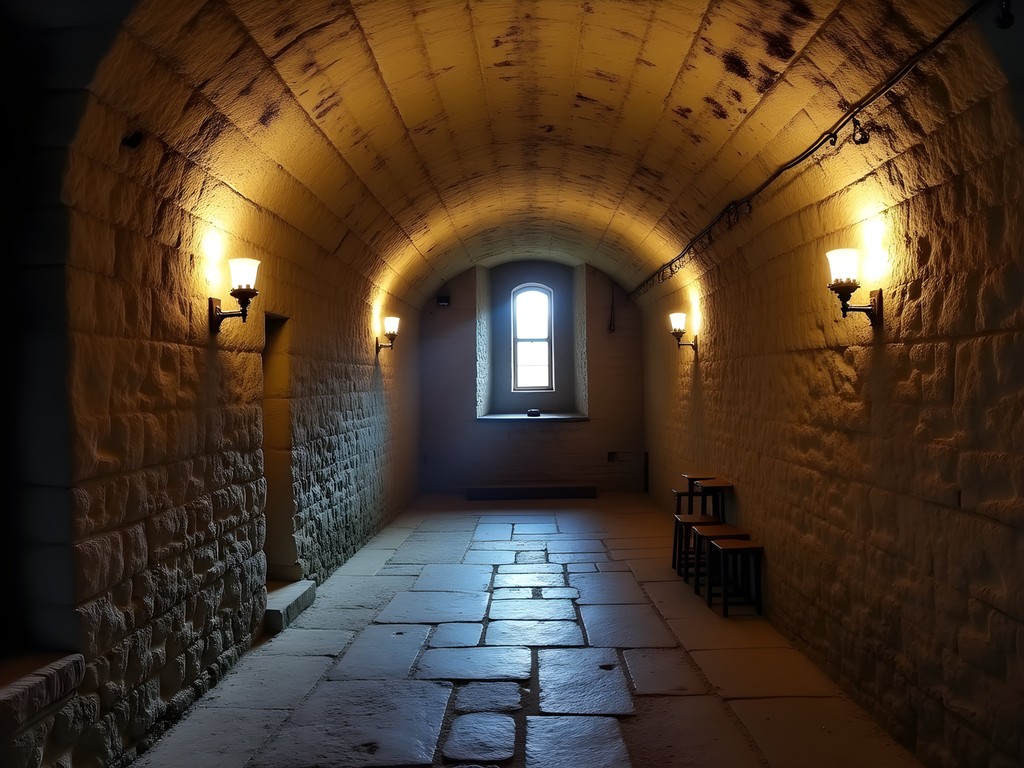
💡 Pro Tips
- Contact the Gotland Museum for information about cellar tours—some are only accessible with guides
- Restaurants like Källargården and Clematis often have preserved medieval cellars you can visit while dining
- Bring a light layer even in summer—the underground spaces maintain a cool temperature year-round
The Rose Path: Following Medieval Footsteps
While Visby's nickname "City of Roses" refers to the wild roses that bloom along its limestone walls in summer, there exists what locals call Rosenstigen (The Rose Path)—a winding route through the oldest part of the city that follows the footsteps of medieval residents.
Unlike official tourist paths, Rosenstigen isn't marked on maps. It's a local secret passed between residents, connecting hidden gardens, obscure alleyways, and quiet courtyards. I learned of it from Elsa, a silver-haired woman tending to an explosion of roses climbing the wall of her 15th-century home.
"My family has lived in this house for six generations," she told me, handing me a sprig of wild thyme from her garden. "The path you're walking was used by my ancestors to reach the harbor without being seen by tax collectors."
Following Elsa's directions, I discovered a Visby that exists in parallel to the tourist version. Behind a weathered wooden gate on Norra Kyrkogatan, a narrow dirt path winds between ancient buildings, occasionally opening into private courtyards where residents have maintained medieval herb gardens for centuries.
The most magical section traverses behind the ruins of St. Lars Church, where the path narrows to a sliver between the church wall and a cliff face. Here, wild roses cling to crevices in the limestone, their scent mingling with the salt air from the Baltic beyond the city walls.
Documenting this route required careful navigation and my trusty travel camera, which proved perfect for capturing the play of light through rose-covered archways without drawing attention in these residential spaces. The compact size allowed me to photograph discreetly while respecting the privacy of the homes along the route.
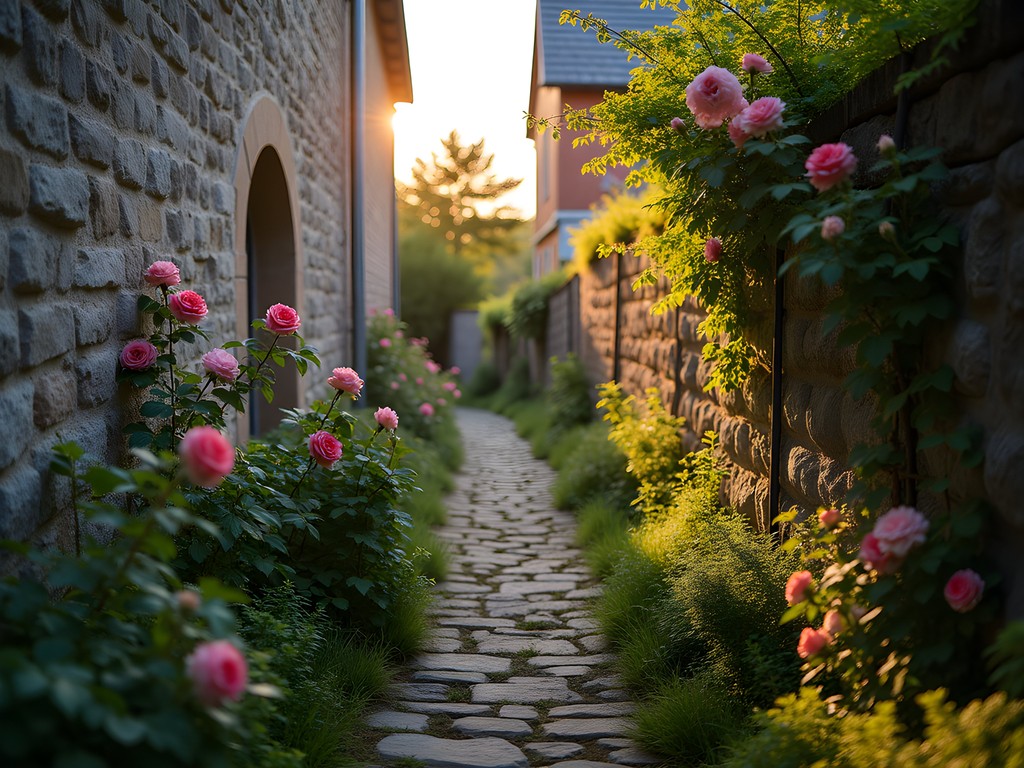
💡 Pro Tips
- Ask local residents about Rosenstigen—many are happy to share their knowledge with respectful visitors
- Bring a small offering (like chocolate) if you want to chat with locals about hidden spots
- The route is best explored in early evening when the golden light illuminates the limestone walls
Merchant House Mysteries: Hidden Rooms and Secret Spaces
Visby's merchant houses hold perhaps the most intriguing secrets of all. These imposing limestone structures, built by wealthy Hanseatic traders in the 12th to 14th centuries, appear straightforward from the street. Step inside, however, and you'll discover architectural puzzles that have confounded historians for centuries.
Many houses feature hidden rooms, false walls, and concealed staircases—architectural oddities that speak to a time of uncertain alliances and the need to protect valuable trade goods. Through a connection at the Gotland Historical Society, I arranged to tour three privately owned merchant houses not open to the public.
The most fascinating was the Liljehornska House on St. Hansgatan, where current owner Mikael has spent twenty years documenting the building's secrets. What appears to be a solid wall in the main hall slides away to reveal a narrow staircase leading to a hidden observation room overlooking the street.
"Merchants could watch their competitors and customers unseen from here," Mikael explained, demonstrating the ingenious medieval surveillance system. "They would know who was buying what before negotiating their own deals."
In another house near the main square, I discovered a room accessible only through what appears to be a storage cupboard. Inside, the walls were lined with small niches—perfect for hiding valuables during the frequent raids that plagued medieval Visby.
What struck me most was how these architectural features reflect the precarious position of medieval merchants—wealthy enough to build impressive homes, yet constantly vulnerable to shifting political winds and piracy. The hidden spaces weren't just practical; they were essential survival tools in an uncertain world.
Exploring these spaces requires comfortable footwear with good grip. My travel shoes proved ideal for navigating uneven medieval floors and narrow staircases while providing enough support for long days of urban exploration.

💡 Pro Tips
- Contact the Gotland Historical Society in advance to arrange visits to private merchant houses
- Look for the distinctive stepped gables that identify medieval merchant buildings
- Pay attention to unusual architectural features like asymmetrical windows or oddly placed doors—they often indicate hidden spaces
After Dark: Visby's Nocturnal Secrets
While most tourists retreat to their accommodations after dinner, Visby undergoes a transformation as twilight deepens into night. The medieval city, illuminated by strategically placed lights that cast dramatic shadows across ancient stones, reveals yet another layer of secrets.
Night exploration in Visby offers a completely different perspective on the city's architecture and atmosphere. The wall's silhouette against the night sky, the empty alleyways echoing with your footsteps, the ruins dramatically lit from below—all create an immersive experience that daylight cannot match.
My favorite nighttime discovery came on my fourth evening, when I noticed a small group of locals gathering near St. Mary's Cathedral just after 10 PM. Curious, I followed at a distance as they proceeded through a series of increasingly narrow passages, eventually arriving at a courtyard I'd passed several times during daylight hours without noticing anything special.
In the darkness, however, the courtyard came alive. Candles flickered in niches cut into the limestone walls, and a local musician played a nyckelharpa (traditional Swedish key harp) whose haunting melodies seemed to transport us all back centuries. This informal gathering, I learned, happens every Thursday during summer—a tradition maintained by residents who value Visby's medieval heritage beyond its tourist appeal.
"We do this to remember the city's soul," explained Astrid, a local artist who invited me to join their circle. "During the day, Visby belongs to visitors. At night, it returns to those who love it most."
Night photography presents unique challenges, but the dramatic lighting makes for spectacular images. I found setting my camera on a small travel tripod essential for capturing the play of light and shadow without blur. The compact size meant I could easily carry it in my daypack without adding significant weight during long exploration days.
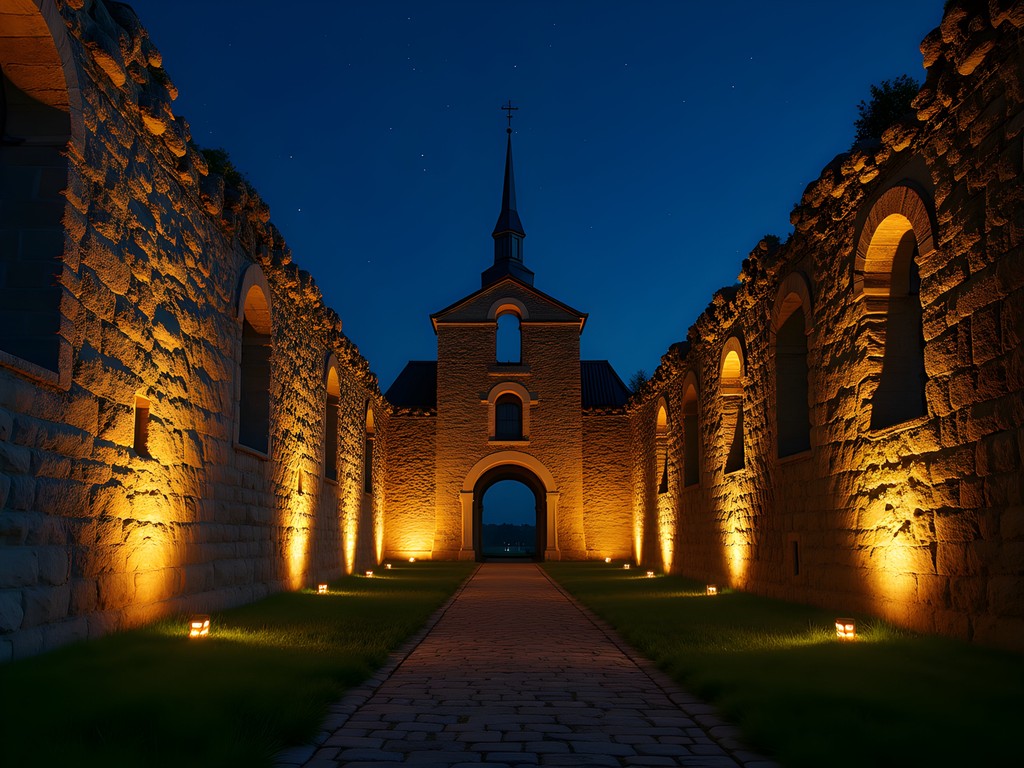
💡 Pro Tips
- Join a ghost tour for access to normally closed areas at night—guides often have special permission
- Bring layers even in summer—temperatures drop significantly after sunset
- Ask at your accommodation about local evening gatherings—many aren't advertised but welcome respectful visitors
Final Thoughts
As my week in Visby drew to a close, I found myself reluctant to leave this medieval labyrinth behind. The secret passages, hidden cellars, and concealed rooms had revealed a Visby that few travelers ever experience—a living museum where the past isn't cordoned off behind velvet ropes but integrated into daily life. What makes urban exploration here so rewarding isn't just the thrill of discovery but the intimate connection with centuries of human ingenuity and adaptation. The hidden Visby isn't trying to conceal itself; it simply reveals its secrets slowly, rewarding those patient enough to look beyond the obvious. As you plan your own journey to this Baltic gem, remember that the most memorable experiences often lie just one curious turn away from the beaten path. The true Visby awaits those willing to duck through low doorways, follow unmarked passages, and trust in the stories etched into ancient stone.
✨ Key Takeaways
- Visby's most fascinating spaces are often hidden in plain sight—look for unusual architectural features that might indicate secret passages or rooms
- Building relationships with locals is key to accessing hidden areas not open to the general public
- The medieval underground network of cellars and tunnels offers a completely different perspective on the city's history
- Exploring after dark reveals architectural details and local traditions invisible during daylight hours
📋 Practical Information
Best Time to Visit
June to early September for optimal weather and accessibility
Budget Estimate
1,000-1,500 USD for a week, including mid-range accommodation, meals, and activities
Recommended Duration
5-7 days to fully explore the hidden aspects of Visby
Difficulty Level
Moderate - Requires Good Mobility For Narrow Staircases And Uneven Surfaces
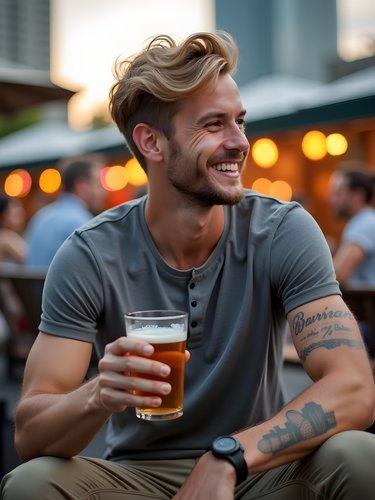
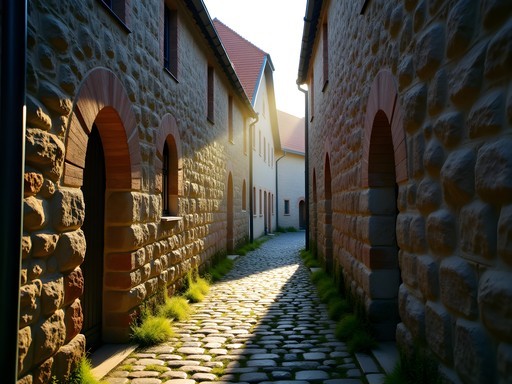

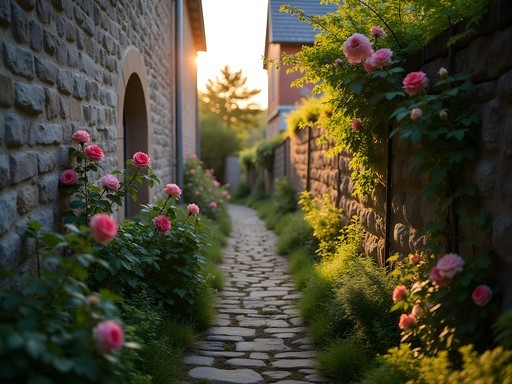
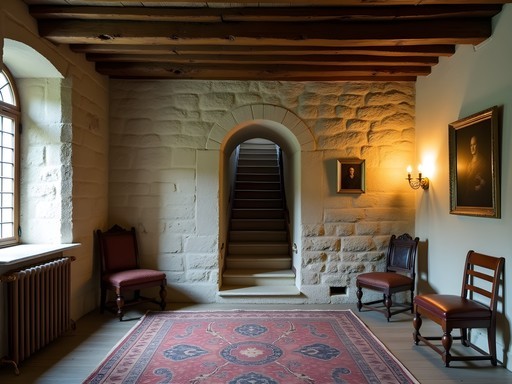
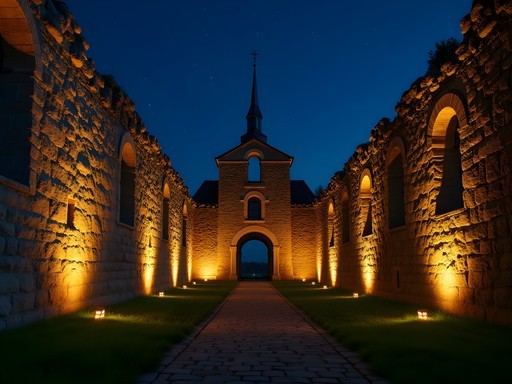


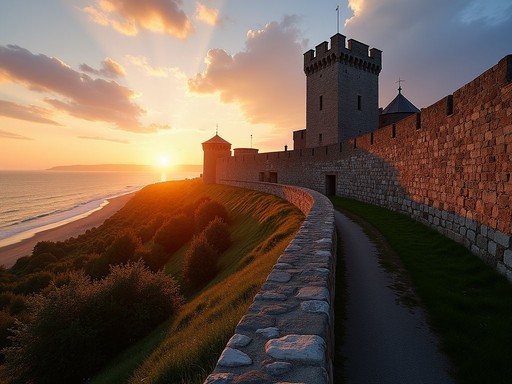






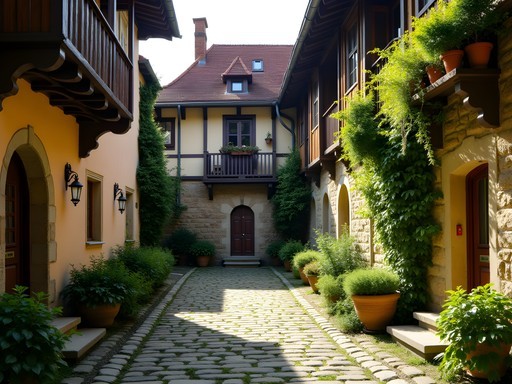
Comments
triphero
Beautiful photos! How many days would you recommend staying in Visby to properly explore these hidden spots?
Taylor Moreau
Not the author, but I'd suggest 3 full days minimum. One for the main attractions, one for these hidden passages, and one for exploring the countryside around Visby.
triphero
Perfect, thanks! Will plan accordingly.
smartwalker
This blog has me so excited for my first trip to Sweden next summer! I've never heard of Visby before but now it's definitely on my itinerary. Are these alleyways easy to find on Google Maps or should I get a local map when I arrive?
Jerry Kelley
Google Maps shows the main alleyways, but misses many of the hidden gems. The tourist office near the main gate has excellent detailed maps specifically for exploring the medieval pathways!
wildguide
Pro tip for anyone visiting: the local café owners know all the best hidden spots! I chatted with an older gentleman running a tiny coffee shop near St. Mary's Cathedral who showed me a cellar entrance I would have completely missed. Also, many restaurants have tables in these medieval cellars - book ahead if you want the full experience, especially at Värdshuset Lindgården where you can dine surrounded by 13th century stone walls.
skyfan
How physically demanding is exploring these passages? Any issues for someone with mild claustrophobia?
wildguide
I went last year with my mom who has similar concerns. Most spaces are actually quite open - more like rooms than tunnels. The merchant house cellars are spacious with good lighting. Only a few spots on the specialized tours might feel tight, but guides are understanding if you need to skip those sections.
Jean Wells
Having visited Visby three times over the past decade, I can attest to the accuracy of this post. The medieval network beneath the city is truly remarkable from an architectural preservation standpoint. My analysis suggests the northern section of the wall offers the most intriguing access points to these hidden pathways. I documented temperature variations of 5-8°C between the surface streets and underground chambers, even during summer months - visitors should dress accordingly. I found pocket guidebook particularly useful for its detailed maps of the lesser-known passageways not covered in standard tourist literature.
smartwalker
Thanks for the temperature tip! Would you recommend visiting in October or is that too cold already?
Jean Wells
October is actually ideal - fewer tourists and the temperature differential is less extreme. Just bring layers for the underground sections.
greendiver
Those stone walls are incredible! Added to my bucket list!
Taylor Moreau
Jerry, this brings back wonderful memories of my business trip to Visby last autumn. While my colleagues stuck to the main conference venue, I managed to slip away each evening to explore these exact pathways. The cellars beneath Stora Torget were particularly impressive - the juxtaposition of medieval architecture with contemporary Swedish design sensibilities creates a uniquely atmospheric dining experience. I'd add that visitors should consider the seasonal aspect; winter offers a more authentic medieval atmosphere with fewer tourists, though some venues operate on reduced hours.
triprider
This looks amazing! Are these underground passages open to the public or do you need special permission to access them?
Jerry Kelley
Most of the cellars I mentioned are part of restaurants, museums or shops, so you can visit during regular opening hours. For the less accessible passages, I joined a guided tour through the Gotland Museum - definitely worth booking ahead!
triprider
Thanks Jerry! Will definitely check out that museum tour.
dreammate
When's the best time of year to visit? Are those roses in bloom during a specific season?
Mason Sullivan
I was there in late June and the roses were absolutely stunning! From what locals told me, late June through July is peak rose season. But honestly, I'd avoid August when cruise ships dump thousands of tourists into those narrow streets. Early September is also lovely - fewer crowds and still pleasant weather.
Stephanie Romano
We visited Visby last summer with our kids (10 and 12) and it was like stepping into a history book! The children were absolutely fascinated by the underground passages. We made it into a treasure hunt, following clues from the visitor center map. The best moment was finding that tiny café tucked away in what used to be a medieval storage cellar - Café Burmeister I think? My daughter still talks about their cardamom buns! One tip for families: bring a good headlamp for each person when exploring the darker passages. We used our headlamps which were perfect for peering into all those mysterious corners while keeping hands free for the sometimes uneven steps.
citymaster
That treasure hunt idea is brilliant! Definitely stealing that for when I take my nephew.
Venture X
Premium card with 2X miles, $300 travel credit, Priority Pass